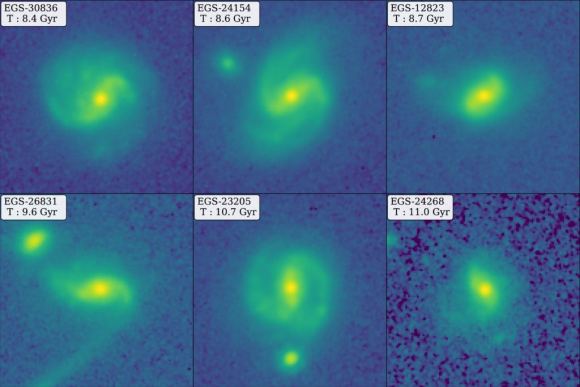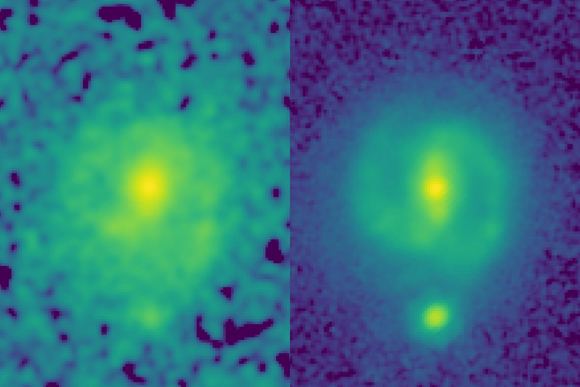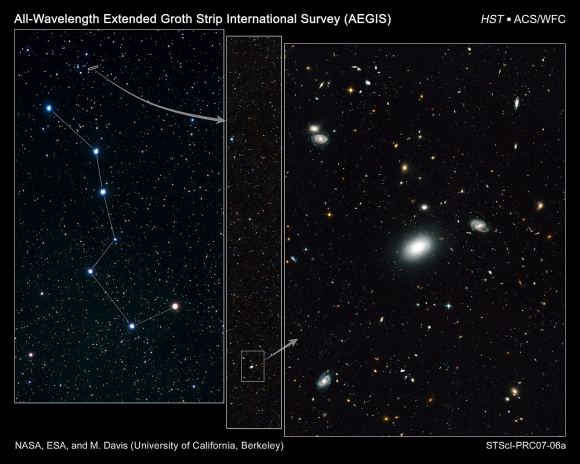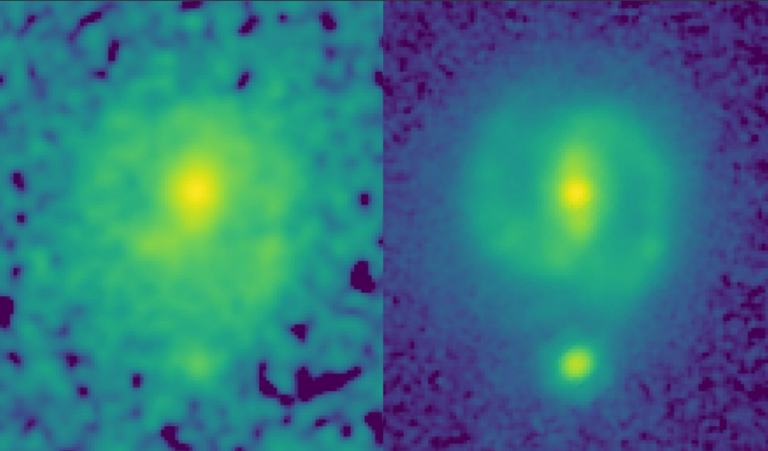New JWST Image Shows That Grand Spiral Galaxies had Already Formed 11 Billion Years ago.
This week, images from the James Webb Space Telescope (JWST) showed for the first time that star bars existed in certain galaxies as long back as 11 billion years. About two-thirds of all spiral galaxies in the universe, including our own Milky Way, have stellar bars as a distinguishing characteristic. The finding has implications for astronomers’ comprehension of galactic evolution because it suggests that bars form quickly and may last for a significant portion of a galaxy’s lifespan, affecting the galaxy’s shape and structure.
Stellar bars are areas of vigorous star creation that extend from the galactic center. They accumulate as a wave of dense material that propagates itself and expands slowly outward while drawing raw material inwards due to the motion of inner circling stars, dust, and gas clouds. These areas develop into stellar nurseries that rapidly produce young stars.

Six barred spiral galaxies older than 8.4 million years, two of which are older than 11 billion years, can be seen in the latest JWST photos, which were released by The University of Texas at Austin on January 5th (the oldest galaxy ever seen is around 13.4 billion years old).
The Hubble Space Telescope has already captured images of the majority of these galaxies, including EGS-23205 (seen below). Extended Groth Strip, sometimes known as EGS, is a section of the sky that has undergone intensive imaging and research by worldwide surveys. The bars are mostly hidden in the Hubble photos, though.

Due in part to its bigger mirror, JWST is better able to observe extremely ancient and distant galaxies than Hubble. This is because larger mirrors can capture more light from distant, faint objects. However, the fact that it makes use of infrared wavelengths rather than optical ones gives it an edge. Because the electromagnetic spectrum of light from older and farther-off objects is “red-shifted,” JWST’s detectors are better able to detect this light than Hubble.
JWST was able to distinguish the star nurseries in the bars that would have been hidden by gas and dust thanks to infrared’s excellent ability to look through these obscuring substances.
Shardha Jogee, professor of astronomy at The University of Texas at Austin, explained the implications of these early forming bars for models of galactic evolution:

“Bars solve the supply chain problem in galaxies,” Jogee says. “Just like we need to bring raw material from the harbor to inland factories that make new products, a bar powerfully transports gas into the central region where the gas is rapidly converted into new stars at a rate typically 10 to 100 times faster than in the rest of the galaxy…This discovery of early bars means galaxy evolution models now have a new pathway via bars to accelerate the production of new stars at early epochs.”
Source:UniverseToday
Do not forget to share your opinion with us to provide you with the best posts !





0 Comments